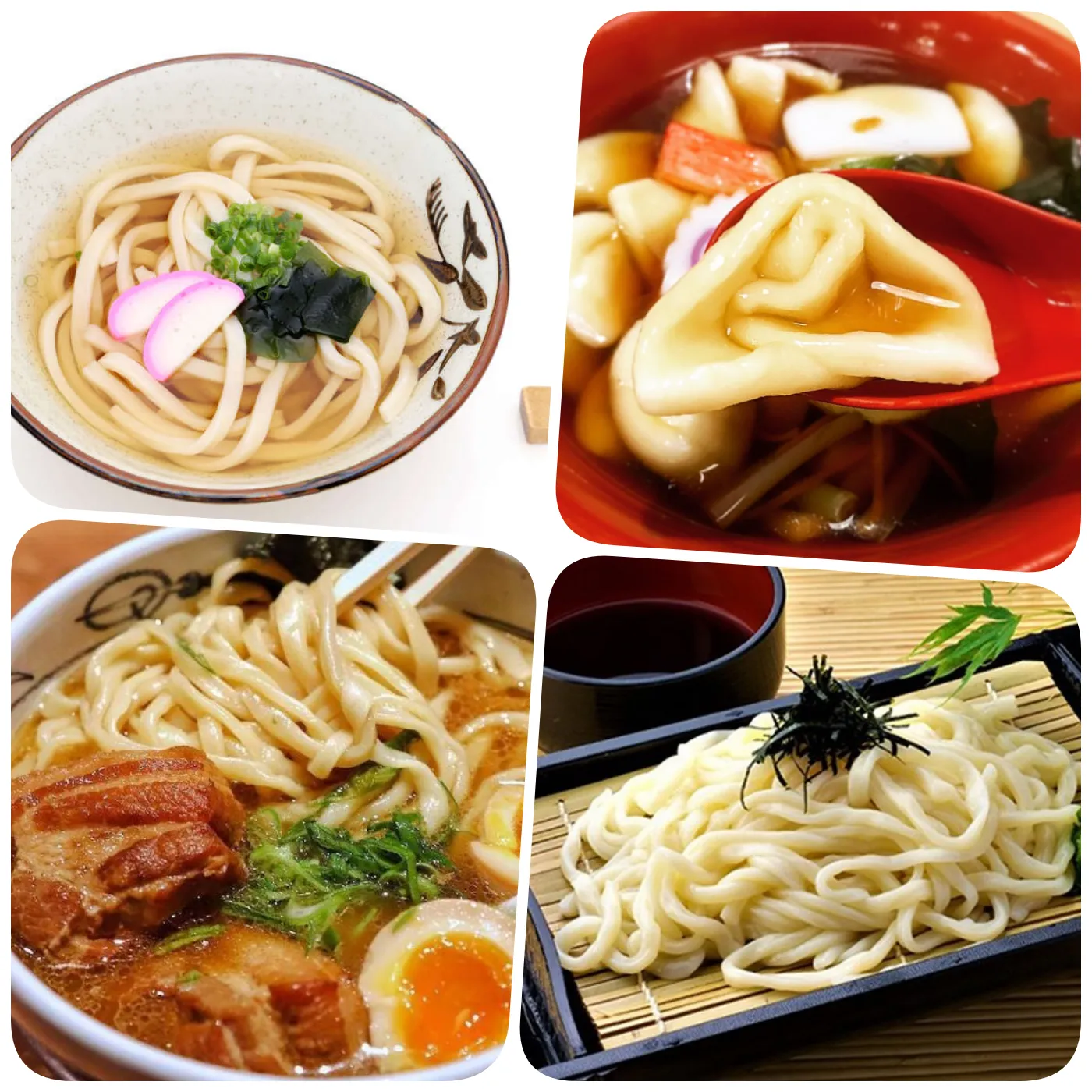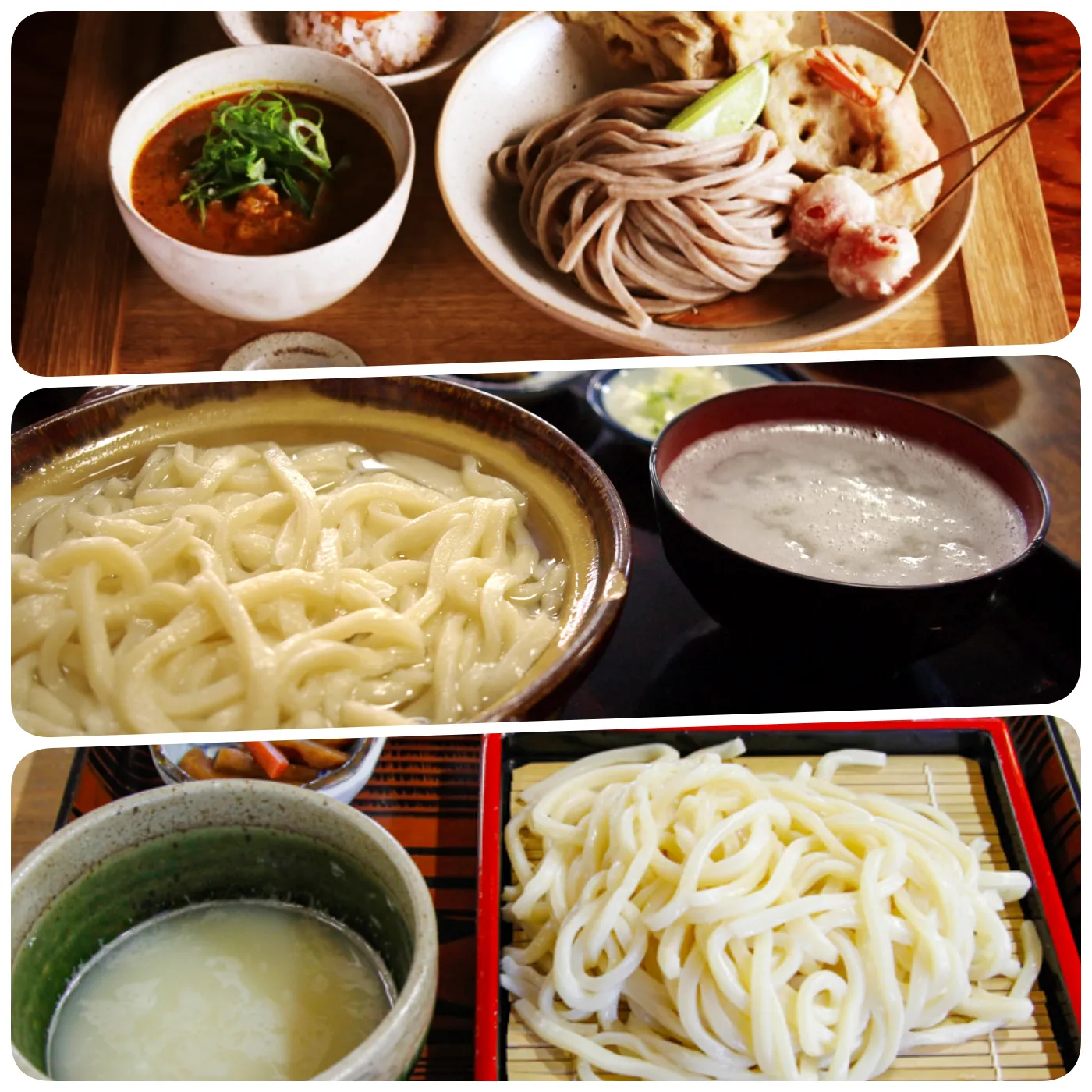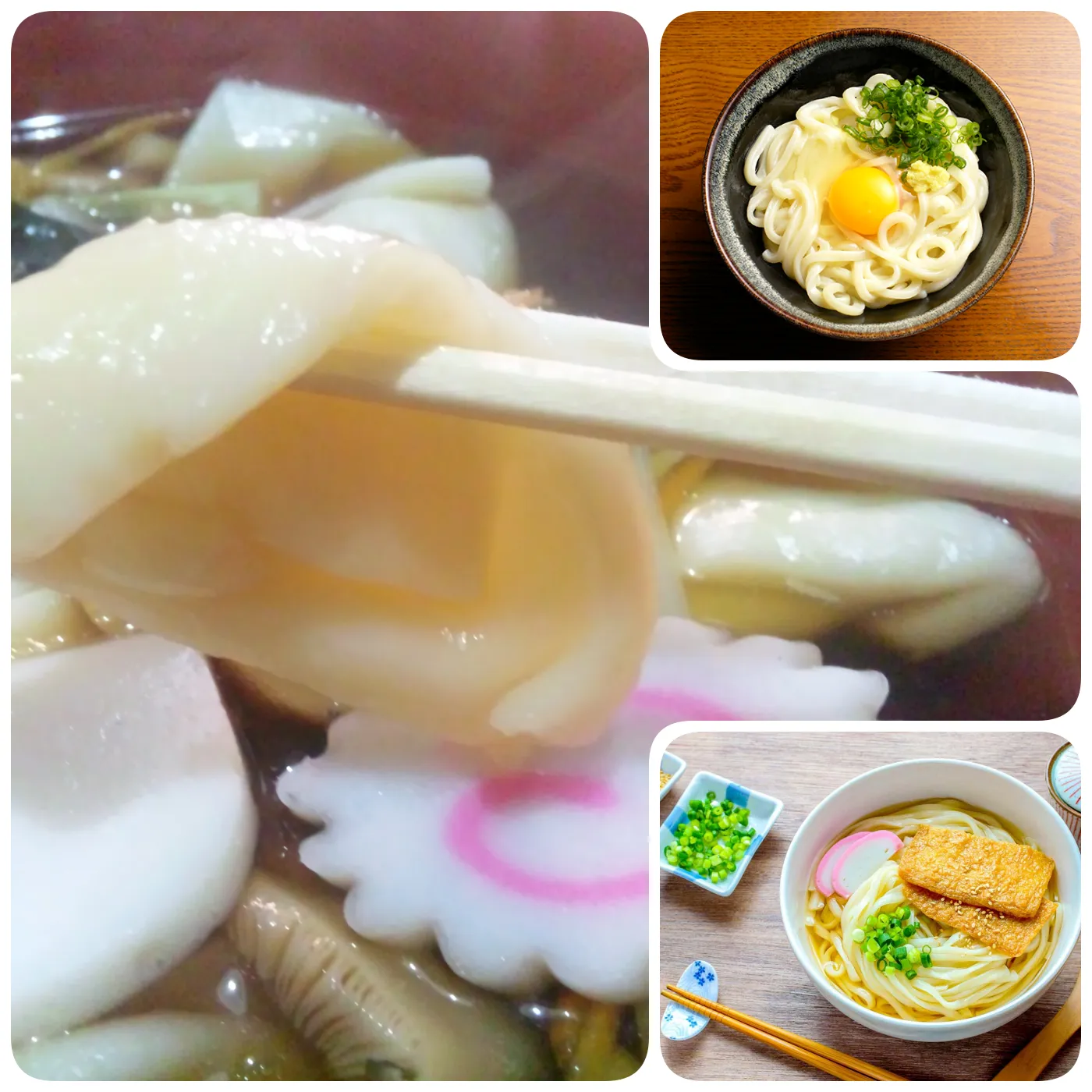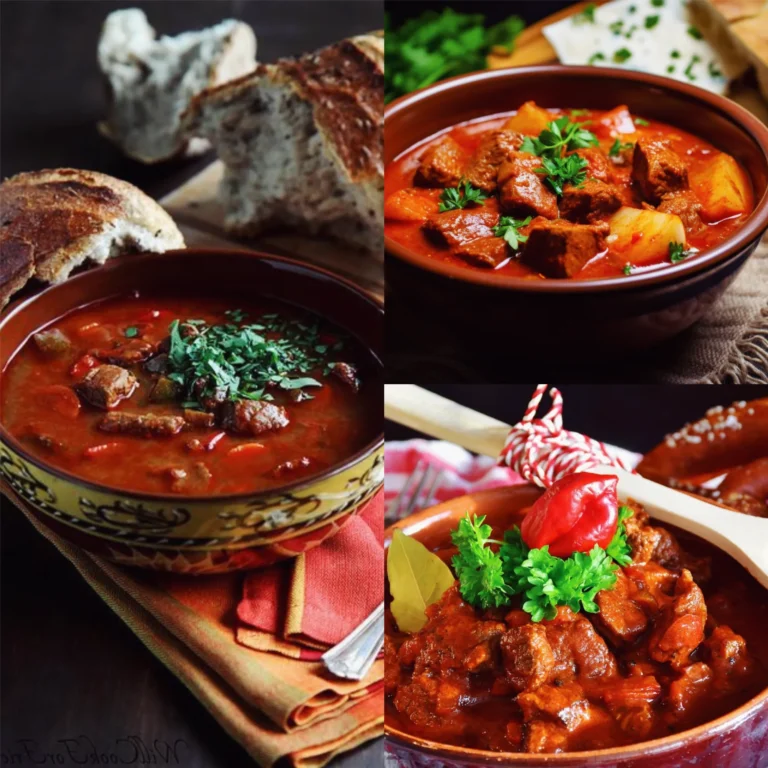
Udon Noodles – A Timeless Japanese Culinary Tradition
Japan is renowned for its rich culinary heritage, with many of its dishes gaining worldwide recognition. Among these, Udon noodles have long been a beloved staple in Japanese cuisine. With a deep-rooted history, Udon is not just a delicious dish but also a symbol of cultural significance.

Udon Noodles: A Beloved Dish in Japan
For centuries, Udon noodles have been a popular choice in Japan, often enjoyed as a quick and filling meal. Despite the passage of time, the Japanese people’s love for Udon has remained steadfast.
Interestingly, Udon noodles originated from abroad, first introduced to Japan in the 8th century. The technique for making Udon came from neighboring China, brought back by envoys from the Nara Court during diplomatic missions to mainland China. Initially, Udon was widely introduced on Goto Island in Nagasaki Prefecture, located in southern Japan. Today, Goto Island still preserves the original version of Udon, known as Goto-Udon, which is thinner and rounder compared to the thick, square noodles commonly seen today. By the 14th century, Goto-Udon had become a staple food among Zen Buddhist monks, although it was mainly confined to monasteries and not widely available to the public.

One reason Udon noodles were not widely consumed at that time was the scarcity of mills. Wheat, the main ingredient in Udon, is a hard grain that requires milling to produce flour. At the time, mills were rare, and only a few people owned them. They were primarily used to grind tea leaves into matcha, the powdered tea used in tea ceremonies. Tea ceremonies were a cultural activity for monks, samurai, and high-ranking members of society. It wasn’t until the 16th century, during Japan’s Sengoku (Warring States) period, that the stonecraft industry began to flourish. Local feudal lords showcased their power by building stone castles, and skilled stone artisans began crafting various tools, including mills.
During this period, Japanese farmers paid taxes in rice, which led to economic hardship. To supplement their diets, they turned to wheat, which could be planted after the rice harvest. Wheat also thrived in colder climates where rice could not grow. As wheat and mills became more accessible, Udon noodles quickly spread among the populace. In urban centers, Udon artisans emerged, and the dish soon became a daily necessity, on par with rice. From this point on, various regional flavors of Udon began to develop across Japan.
Unique Regional Udon Varieties
Nagano Prefecture is famous for its Oshi-bori Udon, a dish with a 400-year history. The defining feature of Oshi-bori Udon is its broth made from finely grated white radish. The name comes from the Japanese word “shibori,” which means to squeeze, referencing the process of extracting radish juice through a cloth. To balance the pungent flavor of the radish, sweet miso and thinly shaved dried bonito (Katsuo-bushi) are added to the broth. When eating Oshi-bori Udon, diners dip the noodles into the refreshing broth for a delightful experience.
Yamanashi Prefecture is home to Hotou-Udon, a unique Udon variety popularized by the Sengoku-period warlord Takeda Shingen. This dish includes pumpkin, carrots, and various vegetables, all simmered together in a pot. When the vegetables are nearly cooked, raw Udon noodles are added and simmered over low heat until the flavors meld together. The hearty taste of the vegetables combined with the soft texture of the noodles makes Hotou-Udon a memorable dish.
In Kagawa Prefecture, Udon noodles have become a local pride, earning the area the nickname “Udon Kingdom.” Despite having a population of just over one million, Kagawa boasts over 900 Udon shops. The prefecture has developed unique ways to promote its Udon culture, including a Udon soup fountain at Takamatsu Airport, where visitors can enjoy the flavorful broth for free. Kagawa even offers a special “Udon Taxi” service, where drivers must pass a Udon knowledge test and noodle-making skills exam. These drivers serve as both chauffeurs and tour guides, taking passengers to the best Udon shops in the region.
The Cultural Significance of Udon

In Tochigi Prefecture, Udon noodles play a vital role in New Year celebrations. However, the Udon here is shaped differently, resembling a pair of earphones and is called “Mimi-Udon” or “Ear Udon.” This unique shape is believed to represent the ears of demons. Locals believe that eating Mimi-Udon during the New Year will prevent demons from overhearing their conversations, ensuring a year of health and safety. For the people of Tochigi, the family New Year meal is incomplete without Mimi-Udon, highlighting the deep cultural and spiritual significance of Udon noodles in Japanese society.
Udon noodles are not only a culinary delight in Japan but also a cherished part of the country’s rich cultural history and traditions.






